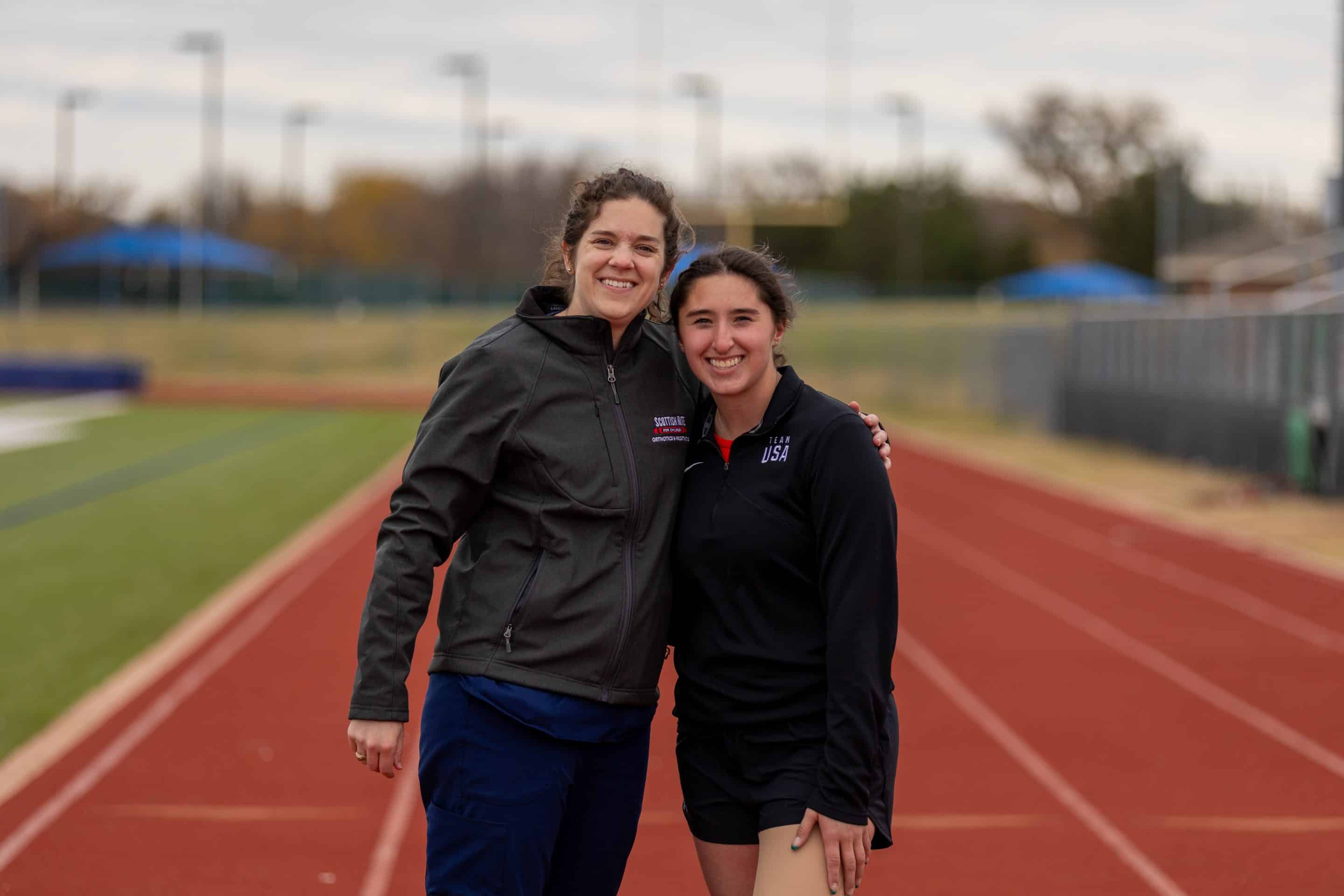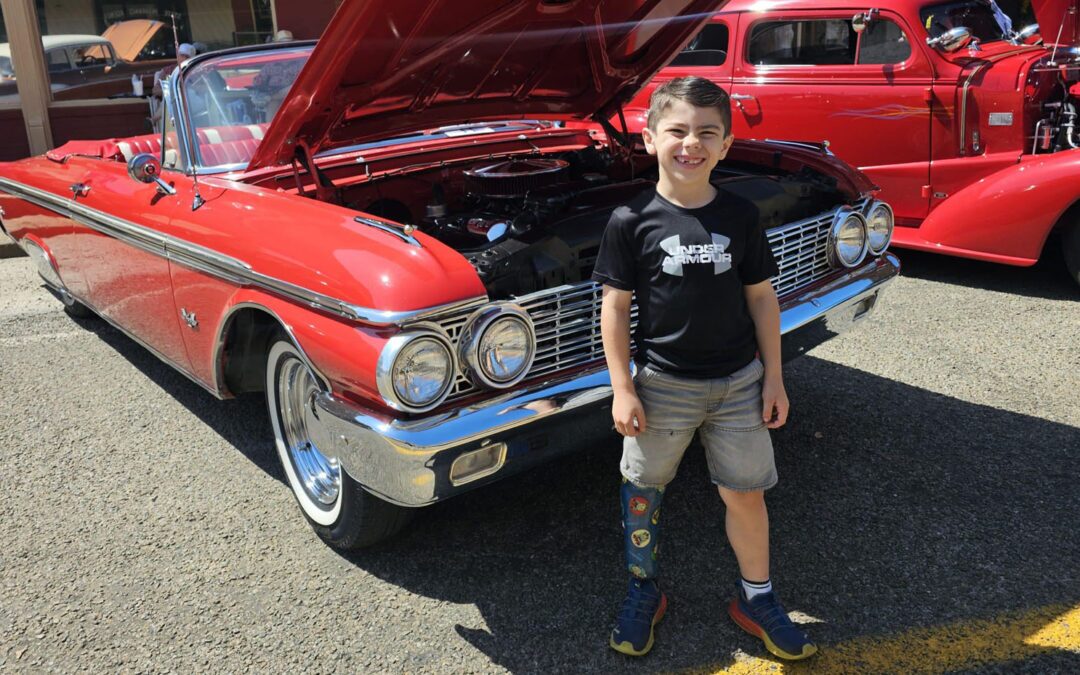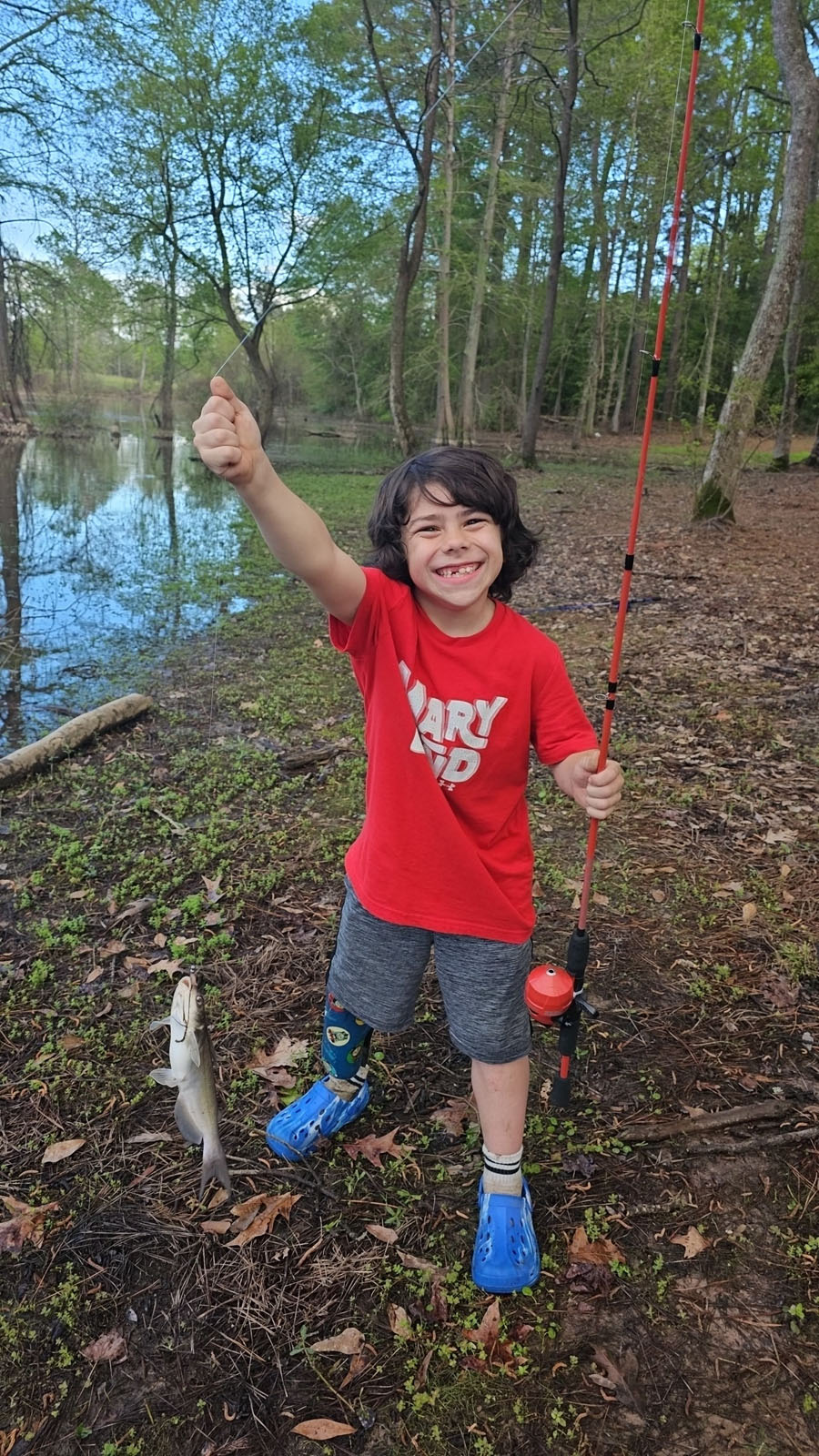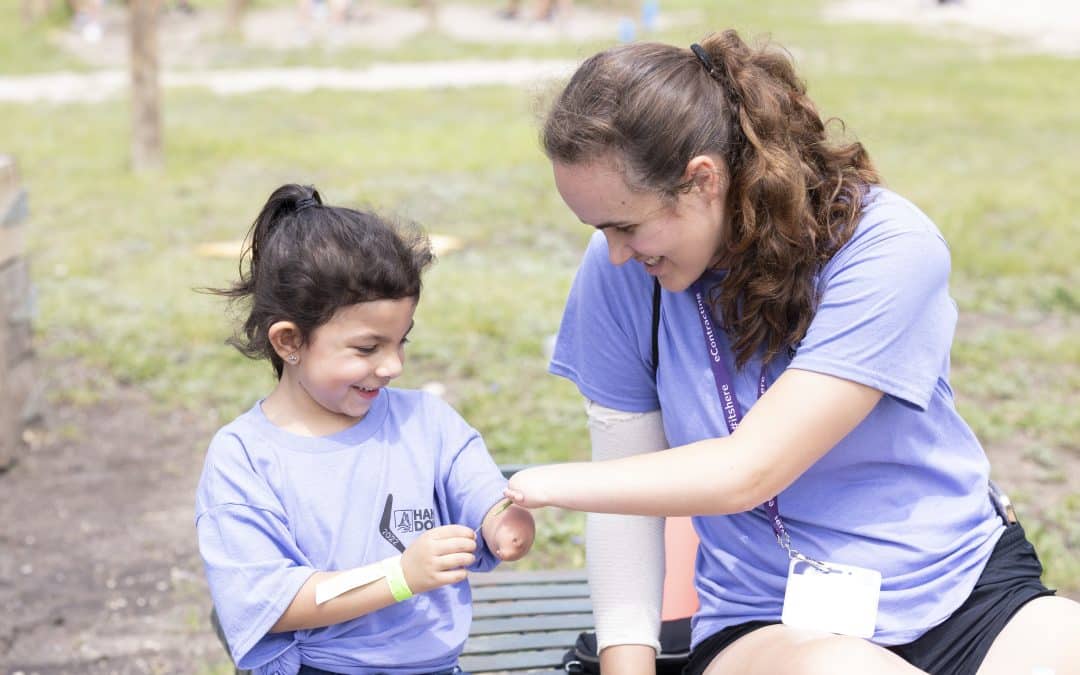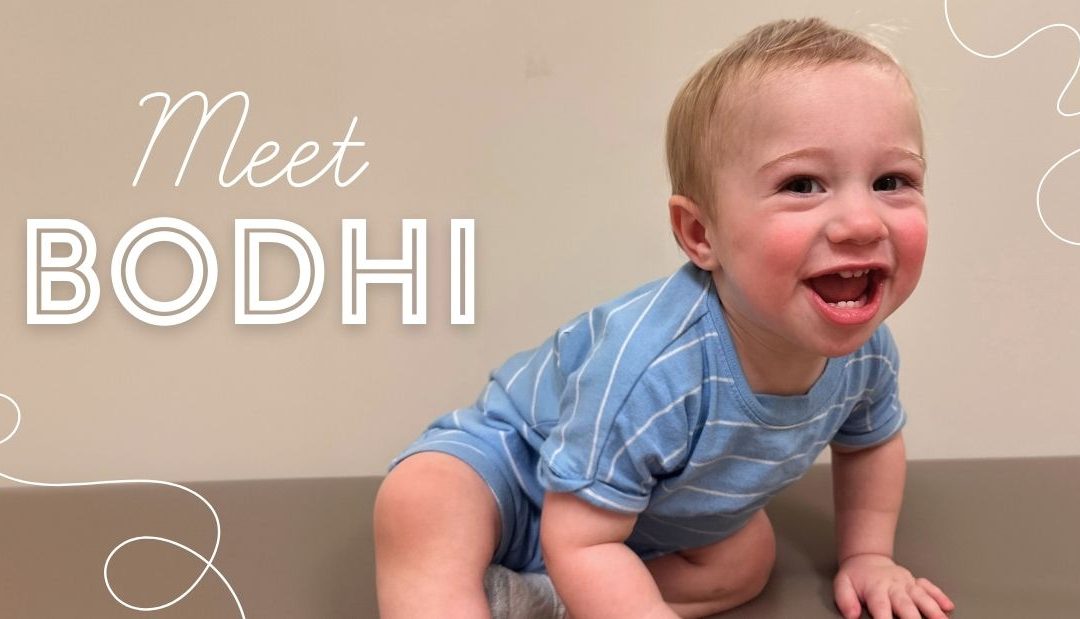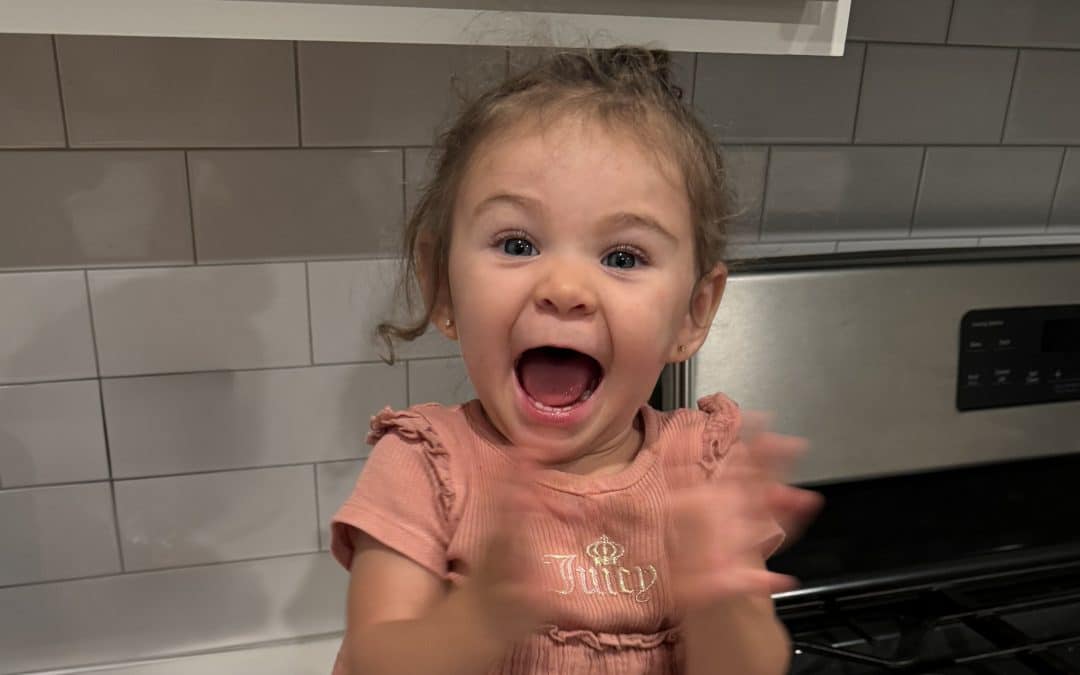
When Clinical Care Feels Like Family, De’Vaun Rediscovers His Stride
Previously published in Rite Up, 2025 – Issue 3
Family means everything to 6-year-old De’Vaun, of Forney, Texas. Most of De’Vaun’s favorite activities, like watching movies or playing with Legos, are enjoyed best with his parents and older sisters. What he did not know is that his family would grow because his care team at Scottish Rite for Children would become an extension of home.
When De’Vaun’s parents noticed his left leg had bumps on the skin and was curving inward, they came to Scottish Rite’s Center for Excellence in Limb Lengthening and Reconstruction (CELLR). De’Vaun has Ollier disease, a rare condition in which masses of benign cartilage, or enchondromas, grow in the bones. De’Vaun also developed genu valgum, or knock-knee, which caused his left leg to curve inward and become shorter than his right leg.
“We had no idea what Ollier disease was,” says Kristen, De’Vaun’s mother. “We felt shocked and scared, wondering how this happened or what we did to cause this. However, we knew Scottish Rite could help us.”
A multidisciplinary approach is key to supporting De’Vaun’s physical and emotional well-being. His care team includes CELLR Clinical Director David A. Podeszwa, M.D., Emily Elerson, R.N., pediatric psychologist Whitney M. Herge, Ph.D., and physical therapist Stephanie Conti, P.T. After many discussions with De’Vaun and his family, Dr. Podeszwa treated his condition by applying an external fixator to De’Vaun’s left thigh bone. The device helps gradually straighten and lengthen his thigh bone over time.
“Correcting a deformity or lengthening a limb with an external fixator is a process in which the surgery is just one part,” Dr. Podeszwa says. “The CELLR team takes the time to explain what we are doing and how we will treat the child and their family. A child won’t know what an external fixator feels like until we apply it, so the key is preparing them for it.”
Since getting his external fixator applied, De’Vaun’s family shares that his confidence has returned. He is always excited to visit his care team to show how strong he has gotten. With the help of physical therapy, De’Vaun has progressed from using a wheelchair to using a walker to walking independently. Now, De’Vaun looks forward to getting his fixator removed!
“The whole team is literally our family,” Kristen says. “They have given us a level of support we cannot believe. They genuinely care for De’Vaun as if he is a child of their own. I couldn’t have asked for a better set of people to be in our lives.”



